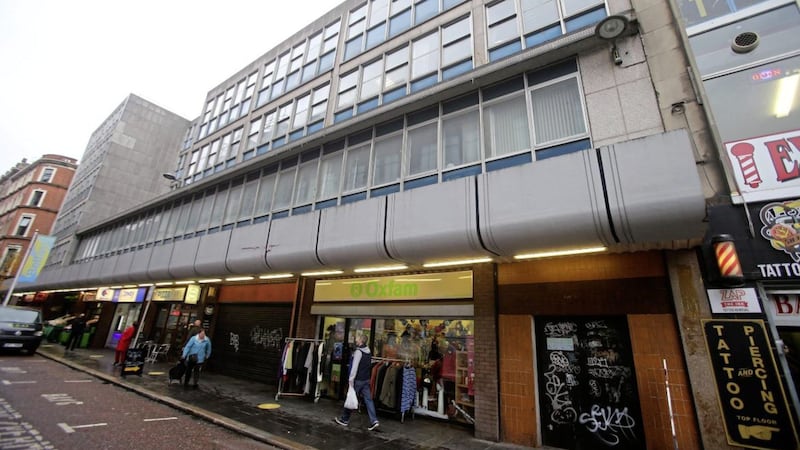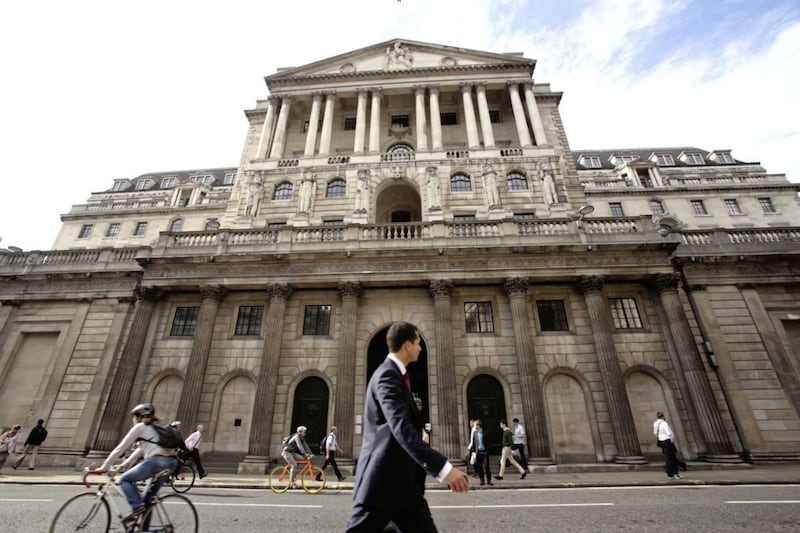ONE of the most common things we are being asked at the minute is whether now is a good time to invest. It’s a question that is neither surprising nor new, but it’s an important one.
Throughout my 20-plus-year career, this question has dominated client conversations. The main reason is that the move from cash into investment always takes something of a leap of faith: it’s lining up a potential encounter with risk.
Investing always comes with the risk that you may get back less than you put in, and as a result cash is seen by many as a harbour of relative safety. This is true to an extent, but unless you venture out of the harbour, that is as far as your journey will take you.
Given that the world has been affected so dramatically as a result of Covid-19, this question of timing can seem even more amplified now. The fact that markets seem to be moving ahead of what is happening on the ground in business and the economy, is creating both curiosity and uncertainty for those poised to make a possible move from cash into investments.
For longer term investors, the focus shifts to time in the market as opposed to trying to pick a moment to “time the market”, as experience tells us that holding steady offers significantly more chance of long term success.
So, what should we consider when asking if the time to start investing is now?
Let’s presume we’re thinking about a mixed portfolio with a sensible spread of exposure and we’re planning towards a longer term goal, rather than anything high risk or quick-hit.
When you invest out of cash into a diversified portfolio you make two assumptions: firstly, that collectively as a society, we will continue to innovate, invent new things and refine products and services to better serve humankind; and secondly, we assume that the price for accessing all of that future innovation is not prohibitively high.
While no one can guarantee the future, a critical study of human history and evolution would indicate that we are pretty good at innovation, invention, refinement and advancement. This, therefore, is a reasonable first assumption to stick with.
Secondly then, to price: whether markets are “expensive” is a much more nuanced question, because certainly some parts of the market look expensive. For example, debts issued by developed governments are now being issued with no real return on offer, which indicates there isn’t much headroom to explore there.
However, when combined with other parts of a diversified portfolio, we still maintain that they have a useful part of the diversification and risk mitigation strategy (simply put: don’t put all your eggs in one basket!)
So perhaps it’s not so much about whether the time is right to start your investment journey, but rather whether you want to travel and how long you’re planning to be on the road. There was an old tourism ad I recall which said: “You won’t know unless you go.”
To mix the metaphors, it is said that the best time to plant a tree is 30 years ago, or today.
Diversified investment strategies are no different – we continue to be believers in the potential for future growth. It is important, as ever, to remember that investments can go up as well as down. Variety is not just the spice of life, but the seasoning to keep your sanity in these uncertain times.
Jonathan Sloan is head of wealth at Barclays Wealth Management & Investments in Belfast.








